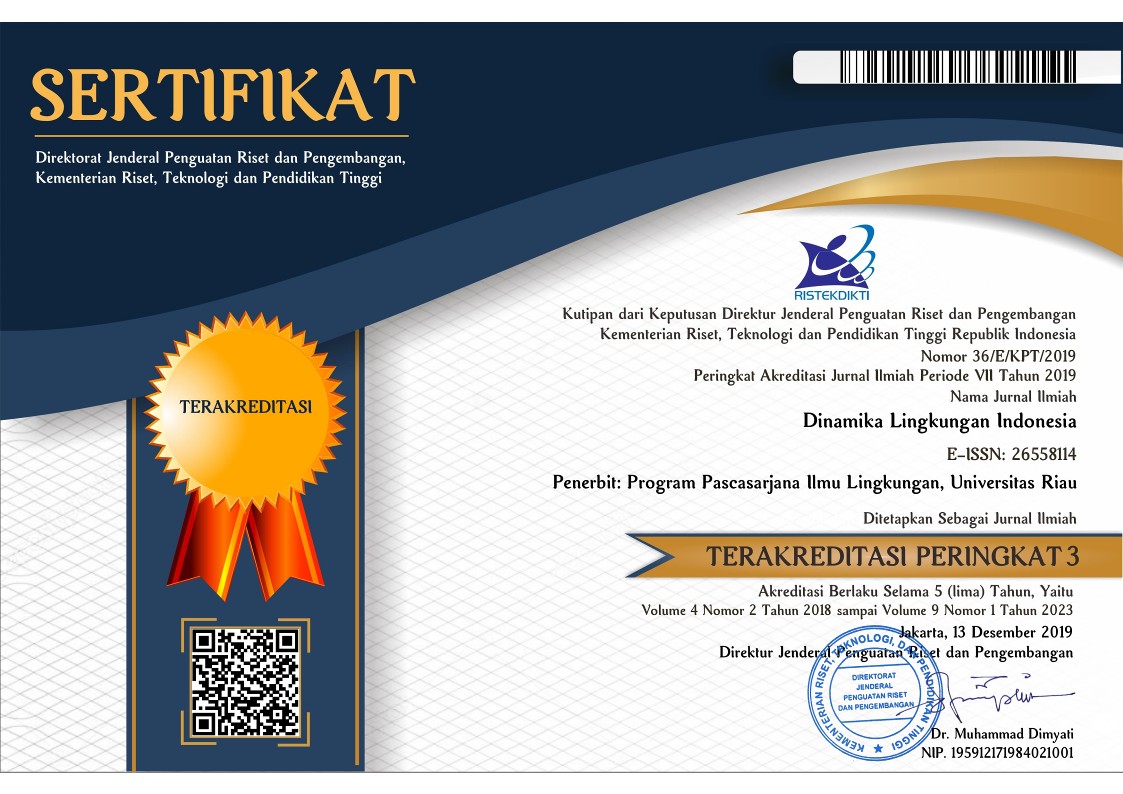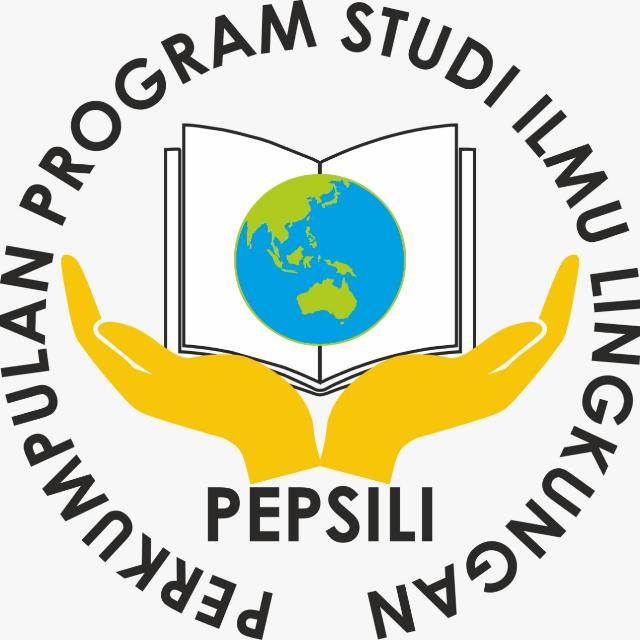Analisis Vegetasi Tumbuhan di Sekitar Mata Air Pada Dataran Tinggi dan Rendah Sebagai Upaya Konservasi Mata Air di Kabupaten Wonogiri, Provinsi Jawa Tengah
Abstract
Keywords
Full Text:
PDFReferences
Balai PSDA Bengawan Solo. (2016). Laporan Inventarisasi Mata Air di Daerah Solo Raya. Balai Pengelolaan Sumber Daya Air Bengawan Solo.
Fiqa AP, Arisoesilaningsih, Soejono. (2005). Konservasi Mata Air DAS Brantas. Memanfaatkan Diversitas Flora Indonesia. Seminar Basic Science II. Universitas Brawijaya. Malang.
Husnil, Y. A. 2009. Perlakuan gelombang mikro dan hidrolisis enzimatik pada bambu untuk pembuatan bioetanol. Fakultas Teknik UI. Departemen Teknik Kimia. Jakarta. http://eprints.lib.ui.ac.id/3718/1/122682-T%2025899-Perlakuan%20gelombang-Pendahuluan.pdf.
Hyne, K. (1987). Tumbuhan Berguna Indonesia III. Badan Litbang Kehutanan. Departemen Kehutanan. Jakarta.
Indriyanto. 2007. Ekologi Hutan. Bumi Aksara. Jakarta.
Irwanto. 2006. Struktur dan Komposisi. http: //www.irwantoshut.4t.com/-42k. diakses tanggal 28 Agustus 2018.
Kurniawan. (2008). Distribusi Jenis Pohon di Sepanjang Gradien Lingkungan yang diukur di Kawasan Hutan Tropis Cagar Alam Pangandaran, Jawa Barat. Prosiding Seminar Sehari Konservasi dan Pendayagunaan Keanekaragaman Tumbuhan Daerah Kering II. UPT Balai Konservasi Tumbuhan Kebun Raya Purwodadi.
Larcher, W. 1995. Physiological Plant Ecology. Third Edition. Springer. Austria.
Purwitasari, A.2007. Studi Kelayakan Sumber Mata Air di Kali Bajak sebagai Pemenuhan Kebutuhan Air Bersih Warga di Wilayah Kelurahan Karanganyar Gunung, Kecamatan Candisari, Semarang. (Skripsi). Universitas Negeri Semarang. Semarang.
Sofiah S, Fika AP. (2010). Jenis-jenis Pohon di Sekitar Mata Air Dataran Tinggi dan Rendah (studi kasus Kabupaten Malang). Jurnal Berkala Penelitian Hayati Edisi Khusus 4A : 1-3.
Solikin. (2000). Peranan Konservasi Flora dalam Pelestarian Sumber Daya Air di Indonesia. Jurnal Natural 4 (2) : 117-123.
Widnyana, K. 2011. Bambu Dengan Berbagai Manfaatnya. Denpasar. Fakultas Pertanian Universitas Mahasaraswat.
Yuliantoro D, Siswo, Bambang D.A. (2016). Pohon Sahabat Air. Balai Penelitian dan Pengembangan Teknologi Pengelolaan Daerah Aliran Sungai. Surakarta.
DOI: http://dx.doi.org/10.31258/dli.6.1.p.1-7
Refbacks
- There are currently no refbacks.





